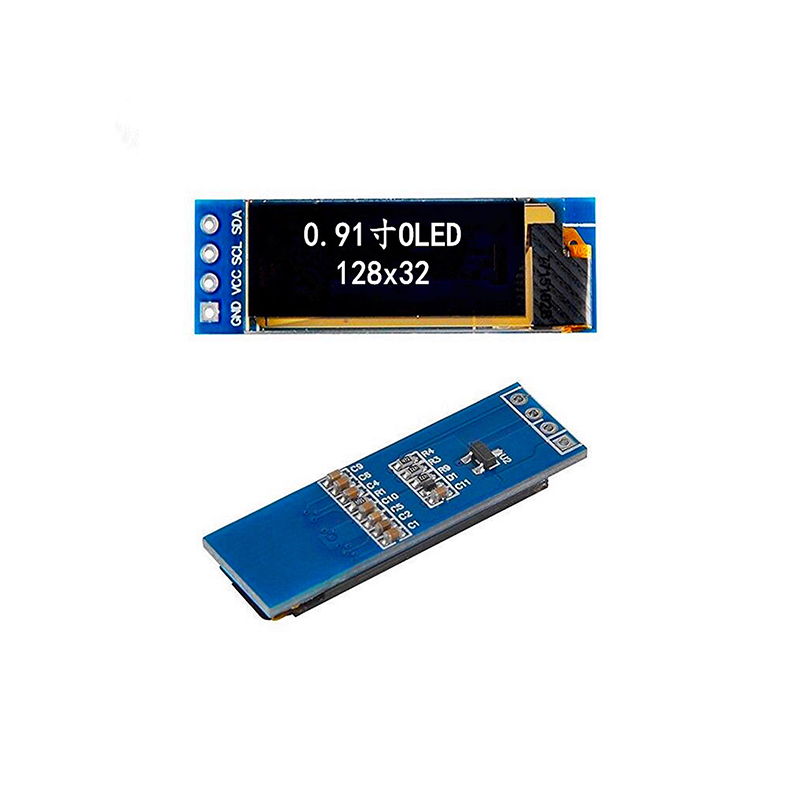
Choosing the best LCD for your needs can be overwhelming. This guide helps you navigate the world of LCD technology, considering factors like resolution, response time, brightness, and more. We'll explore different types of LCDs, their applications, and help you find the perfect fit for your budget and usage.
A Liquid Crystal Display (LCD) is a flat-panel display that uses liquid crystals to produce images. These crystals are sandwiched between two polarized glass sheets and manipulated by an electric field to control the passage of light. Unlike OLEDs, LCDs require a backlight to illuminate the pixels, leading to variations in brightness and contrast. Understanding the fundamentals of LCD technology is crucial for selecting the right display.
The market offers several LCD panel types, each with its strengths and weaknesses:
Resolution (measured in pixels) determines image sharpness. Higher resolutions like 4K (3840x2160) offer sharper images than 1080p (1920x1080). Screen size impacts the viewing experience and should align with your intended use (e.g., a larger LCD for gaming, a smaller one for a workspace). Consider your viewing distance and personal preference when making this decision. For large-scale projects, consider contacting a specialist like Dalian Eastern Display Co., Ltd. for custom LCD solutions.
Response time measures how quickly a pixel changes color. Faster response times are crucial for gamers and viewers of fast-paced content to minimize motion blur. Refresh rate (measured in Hz) dictates how many times the image refreshes per second; a higher refresh rate generally results in smoother visuals. A 144Hz LCD will feel significantly smoother than a 60Hz one.
Brightness (measured in nits or cd/m2) indicates the screen's maximum light output. Higher brightness is ideal for brightly lit rooms, while lower brightness is suitable for darker environments. Contrast ratio represents the difference between the brightest white and the darkest black a screen can produce. A higher contrast ratio results in richer, more vibrant images.
Check the available connectivity options (HDMI, DisplayPort, USB-C) to ensure compatibility with your devices. Additional features like HDR (High Dynamic Range) support, built-in speakers, and adjustable stands can significantly enhance the user experience. Consider the specific features you need based on how you plan to use your LCD.
Gaming requires fast response times and high refresh rates. Look for LCDs with features like G-Sync or FreeSync for smoother gameplay. Consider LCDs with a high refresh rate (144Hz or higher) and low response times (1ms or less).
For office work, prioritize an LCD with accurate color reproduction and good viewing angles. IPS panels are generally recommended for their comfortable viewing experience over extended periods.
VA panels often provide the best contrast ratio for home theater setups, delivering deep blacks and vibrant colors. Consider a larger screen size and features like HDR support for an immersive cinematic experience.
Selecting the best LCD depends entirely on your individual needs and preferences. By carefully considering the factors discussed above — resolution, response time, brightness, contrast, and connectivity — you can make an informed decision and find the perfect LCD for your specific application. Remember to compare specifications and reviews from reputable sources before making a purchase.
| Feature | TN | IPS | VA |
|---|---|---|---|
| Response Time | Fast | Moderate | Slow |
| Viewing Angles | Narrow | Wide | Wide |
| Color Accuracy | Poor | Good | Good |
| Contrast Ratio | Moderate | Moderate | High |
Disclaimer: This information is for general guidance only. Specific specifications and performance may vary depending on the manufacturer and model.












